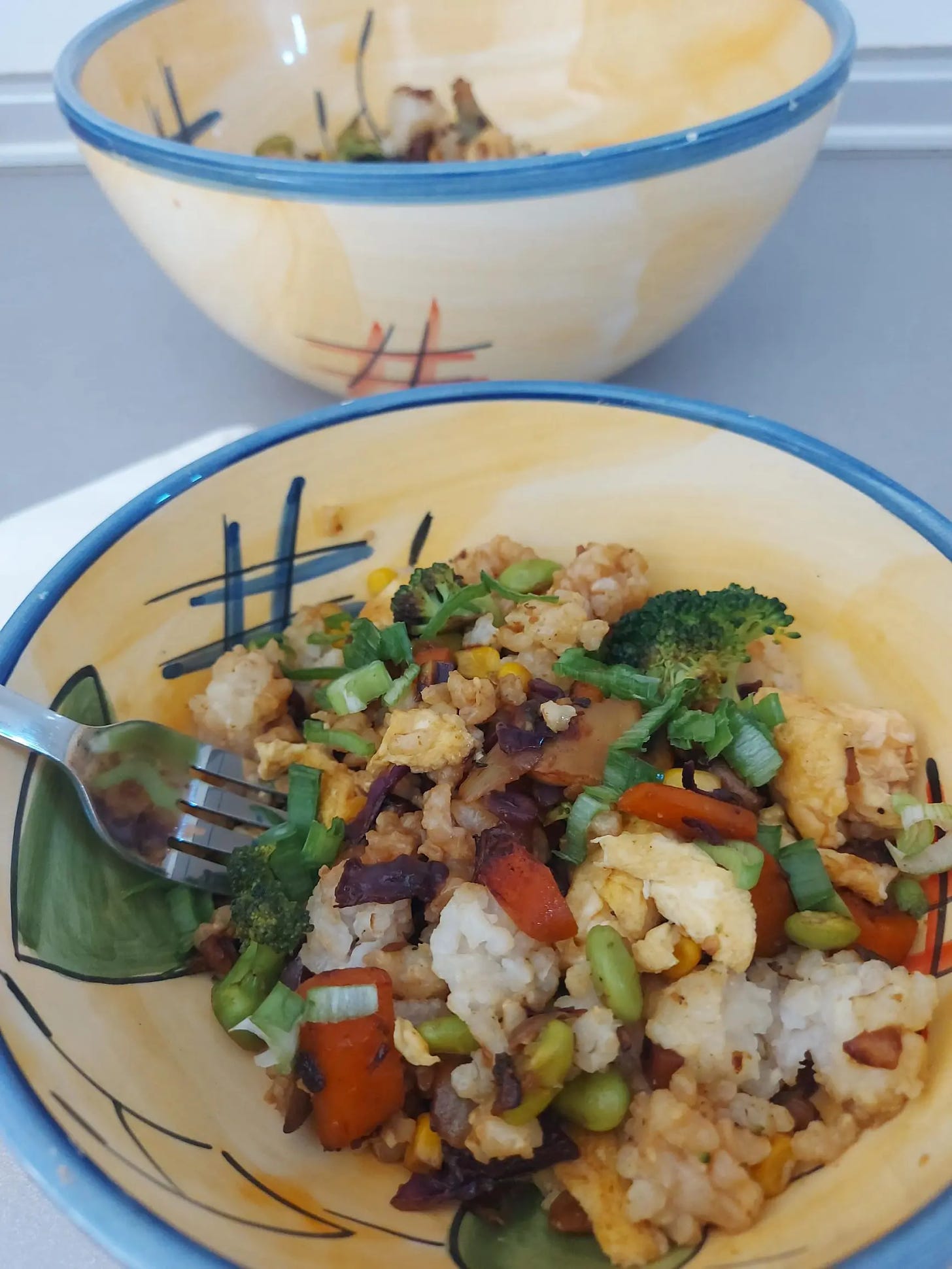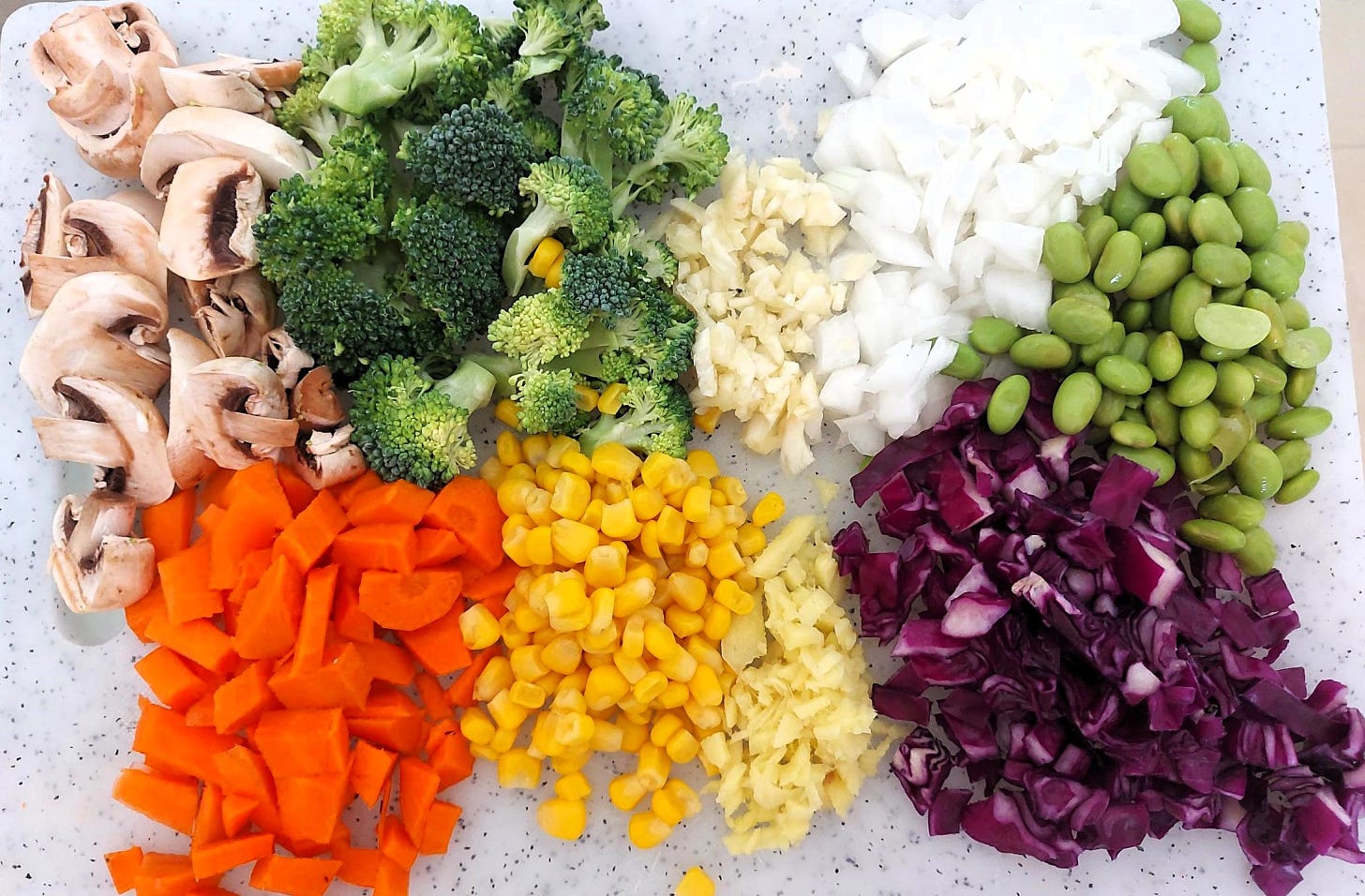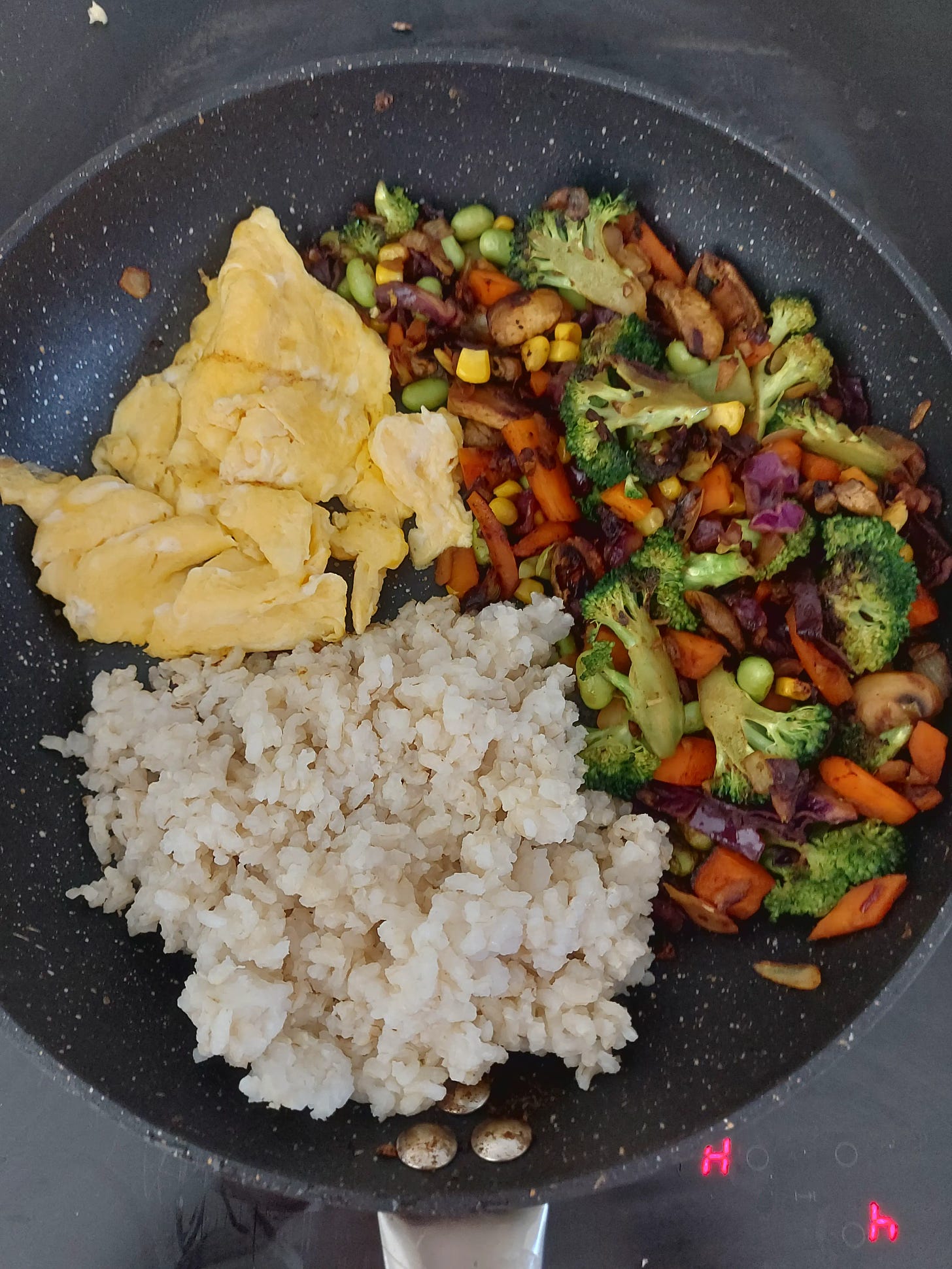Identify the odd ingredients in your food
You race in the door. Grab a bowl from the cupboard & chuck it in the microwave. As you relax after finishing your meal, you idly scan the ingredients on the empty carton. What’s this stuff you’ve just eaten: maltodextrin, guar gum? Is that real food? No, not really! Let’s find out a little more about these chemicals.
We are now eating things that have never been in our diet before. This goes beyond what we identify as ‘fast food’. This stuff is ultra-processed food (UPF). That means it’s undergone extensive industrial processing. It has little nutritional value & our bodies don’t recognise it as food. A staggering 60% of our diet (more if you’re a teenager), comprises substances that can scarcely be deemed real food.
5 big food & drink companies control most of the world's food production & distribution. A recent publication called ‘Ultra-Processed People: The Science Behind Food That Isn’t Food’, by Chris van Tulleken, lifted the lid on what food companies have been trying to conceal from us for years. The author argues that ‘We are all part of an experiment that we didn't volunteer for’.
How did we move beyond fast food to UPF?
UPF crept up on us as food production methods changed. It’s costly & difficult for a food company to make food that is real & whole. It is much cheaper for food companies to destroy real foods, turn them into molecules & then reassemble those to create anything they want. Many food companies use dirt-cheap ingredients, giving them huge corporate profit margins. Healthy eating is bad for business.
The consumer finds these products attractive & cheap to buy. Many of us have little time to shop & cook meals from scratch. Our taste buds like these products & they are ready to eat quickly.
How can you tell if a food is ultra-processed
As a general rule they usually have the following:
-A long shelf life
-5 or more ingredients (but usually a long list)
-At least one of the ingredients you won’t find in your kitchen
-Words like stabilisers, emulsifiers, gums, lecithin, preservatives, colourings & chemical sweeteners feature often & many of the products can be high in added sugars, unhealthy fats & salt.
If you want to know exactly what’s in the food in your local shop, use these useful apps to scan the barcodes. e.g. Open Food Facts & Yuka.
Health Problems
Scientists are still studying how these chemically manipulated foods affect the body & whether it’s because of their poor nutrient profile, addictive qualities, the use of additives, or changes to the food matrix, which affect how we eat & digest them. However, a large body of research has already linked ultra-processed foods to health concerns, including mental health issues, weight gain & type 2 diabetes.
A recent study published in the British Medical Journal showed that UPF has a detrimental effect on almost every part of our body. Emulsifiers & artificial sweeteners are the biggest culprits for damaging the gut microbiome.
When we eat UPF we get calories quicker than our bodies can say we are full. We overeat. These foods are addictive & designed to make us overeat. They overcome the appetite fullness signals in the brain.
The Solution
It’s not always easy or cost-effective to avoid UPF totally. However, if you are eating mainly whole foods, then the odd high-fat or sugar UPF isnʼt going to be detrimental.
Eat more whole foods: Incorporate more fruits, veg, whole grains & lean proteins in your diet
Read labels or use the apps listed above. Choose products with fewer ingredients & minimal additives.
Cook at home when possible: Prepare meals from whole, unprocessed ingredients.
Sometimes UPF can look like junk food. But it often comes in more devious forms like ‘healthy options’, protein bars, plant milk, fruit concentrate drinks, gluten-free food & even some baby foods. Most foods that contain labels e.g. low fat, sugar-free are UPF. Real food doesn't need extra labels!
Recipe #1 ~ Dark Chocolate & Almond Energy Balls
Makes 12 approx
If you’ve struggled to eat real food you deserve a treat. This nutritious snack fits the bill perfectly. It is high in fibre with healthy fats & vitamin E. The combination of nuts, oats & dates provides slow-release energy. Thanks to the fibre content, these energy balls are very filling.
You can swap the almonds for any kind of nuts or seeds & use peanut butter instead of almond. You can decorate the energy balls with desiccated coconut, roll them in any kind of nuts or seeds or my favourite, dark chocolate.
Ingredients
1 cup/100g almonds (or any kind of nuts)
1 Tbsp/10g oats
7/75g dates
2 Tbsps/40g almond butter
4 squares/50g dark chocolate (at least 70% cocoa solids)
Method
Line a baking tray with baking paper & set aside.
Add the almonds to a food processor & blend until crumb-like.
Add the dark chocolate & oats & blend again until you have the consistency of breadcrumbs.
Add the dates & almond butter. Blend again.
Shape the mix into 10–12 balls.
Set balls onto the baking tray. Cover & chill in the refrigerator for 30 minutes until firm.
Store in an airtight container in the refrigerator for up to five days or freeze for up to 3 months.
Recipe #2 ~ Banana Ice Cream with Walnuts & Dates
This is healthier than shop-bought ice cream but still has a creamy rich flavour. Frozen bananas blend into the creamiest ice cream, which is wonderful on its own. It can also be a great addition to smoothies. If you add walnuts & dates, you get even more nutrients. Dates contain high levels of potassium & minerals like calcium & magnesium. They are high in fibre with a delicious sweetness from naturally occuring sugars. Walnuts are a great source of healthy omega-3 fatty acids
Serves 4
Ingredients
4 bananas, frozen & sliced
10 dates, pitted
½ cup walnuts. Keep a few as a topping
Method
Place the most of the walnuts in a blender & zap until crumb like. Set aside
Repeat with the dates. Set aside.
Place frozen banana slices into the blender.
Add the walnuts & dates to the banana ice cream.
Serve immediately with a sprinkling of walnuts on top or place in the freezer.
Recipe #3 ~ Extra Vegetable Fried Rice
Serves 3/4
This recipe is a good substitute for the greasy take-out. It's flavour & colour make for a satisfying dinner or side dish. This recipe comes together in minutes & is a great way to use up leftover rice & veggies.
Leftover rice is the perfect texture to use for fried rice because of its starchiness. It can be combined with any veg you have in your refrigerator. You can add chicken or tofu or any other protein for a main meal.
To get each component looking good, you might try to cook the eggs, veg & rice separately & combine them all at the end.
2 Tbsps olive/avocado oil
2 eggs
1 small onion, finely chopped
2 cups additional veggies, cut into small pieces
1 Tbsp grated fresh ginger
2 large garlic cloves, minced
2 cups cooked brown rice
1 Tbsp reduced-sodium tamari or soy sauce
2 scallions, chopped, as a topping
Salt & pepper if required
Method
In a large frying pan with deep sides, heat 1 tablespoon of oil.
Add the scrambled eggs & swirl the pan so they cover the bottom. Cook until they are just lightly set, flipping or stirring along the way. Transfer the eggs to a bowl.
Return the pan to heat & add 1 tablespoon of oil. Add the onion.
Sauté onion until soft & translucent, about 5 minutes.
Add in garlic & ginger. Sauté for another minute.
Add in the remaining vegetables. Continue cooking, stirring occasionally until the veggies are cooked through & golden, about 3 - 5 minutes.
Finally add the rice, cooked egg & soy sauce or tamari & stir gently
Taste & add salt, pepper, or any extra tamari or soy sauce as needed.
Divide into bowls & serve with a sprinkling of chopped scallions.
Leftovers store well in the refrigerator, covered, for 3 to 4 days.
Enjoy!!
Disclaimer
This blog is for informational purposes only & should not be construed as medical advice. If you have any questions about your nutrition plan, please consult your doctor.













